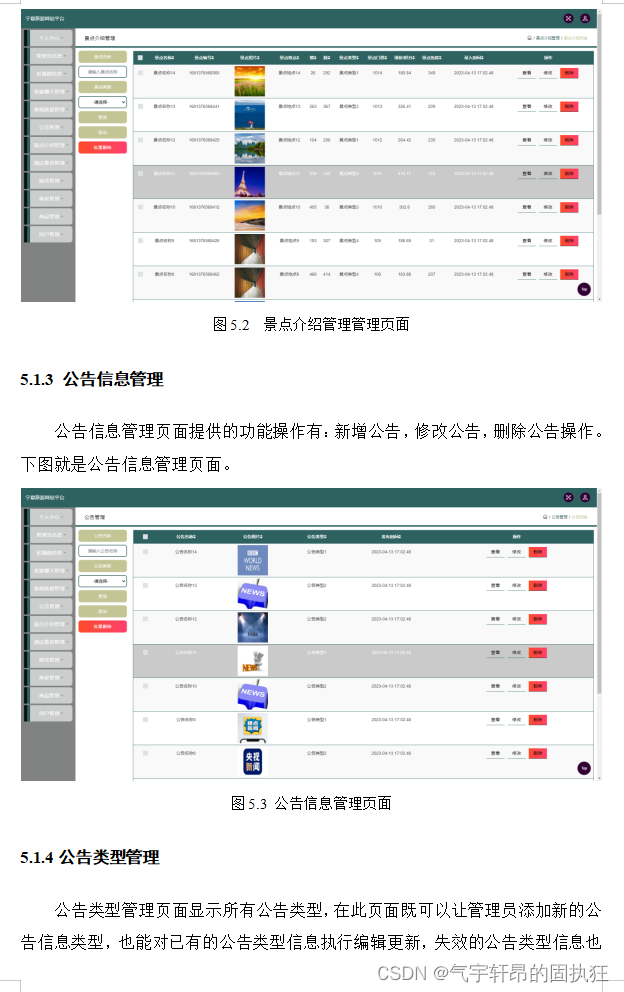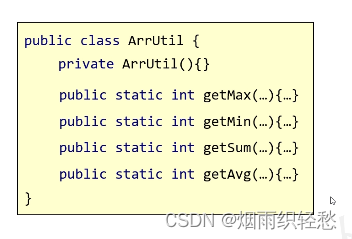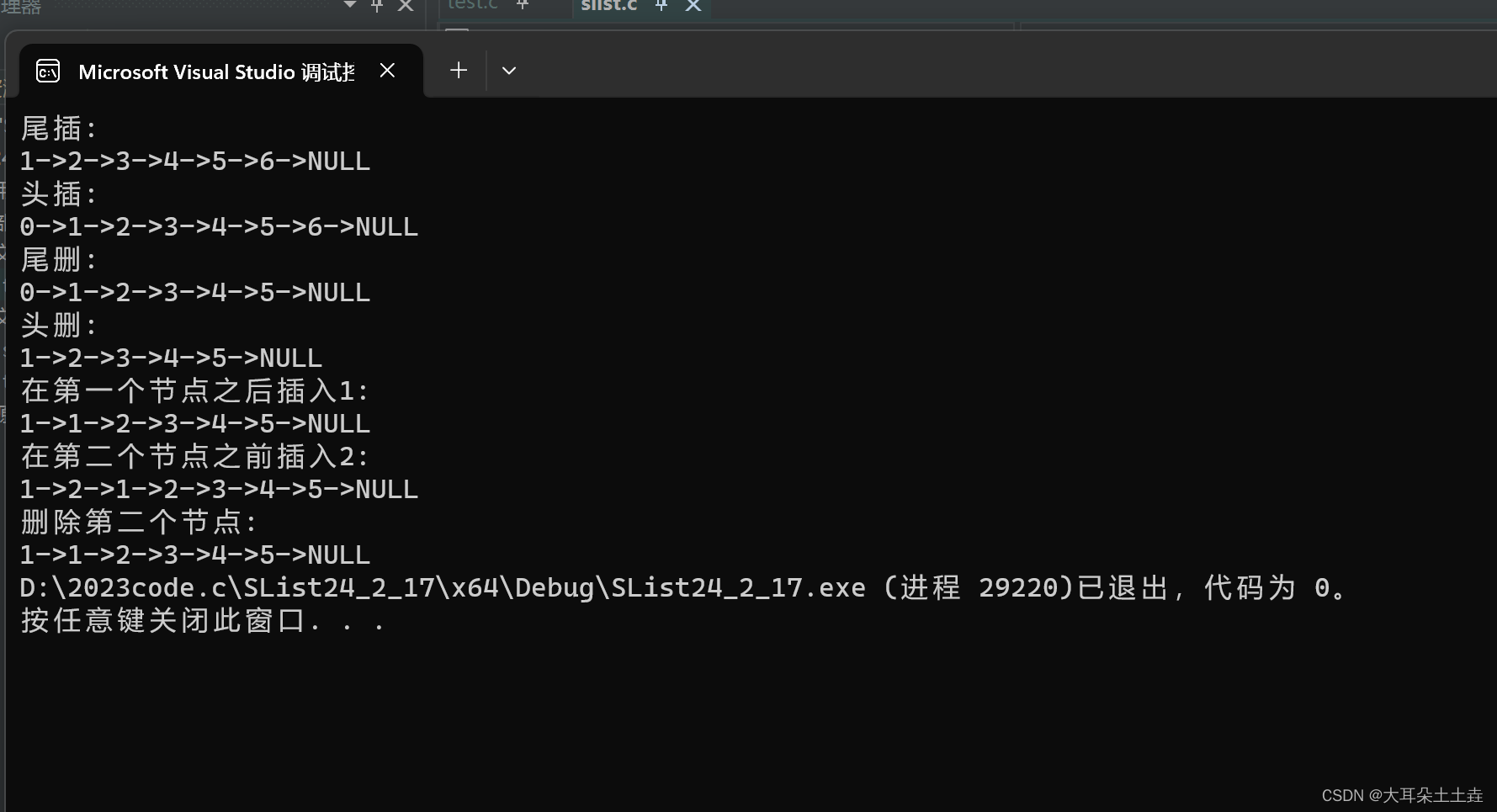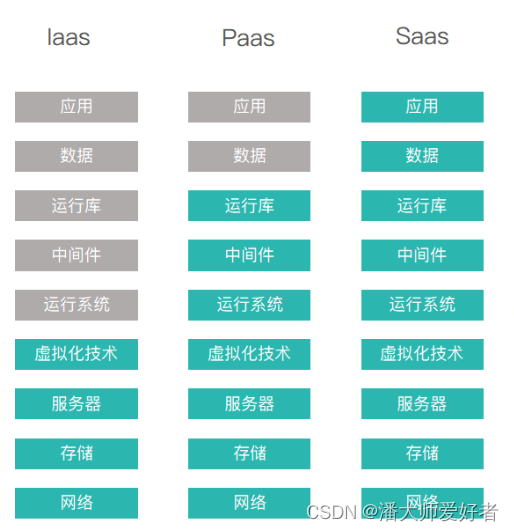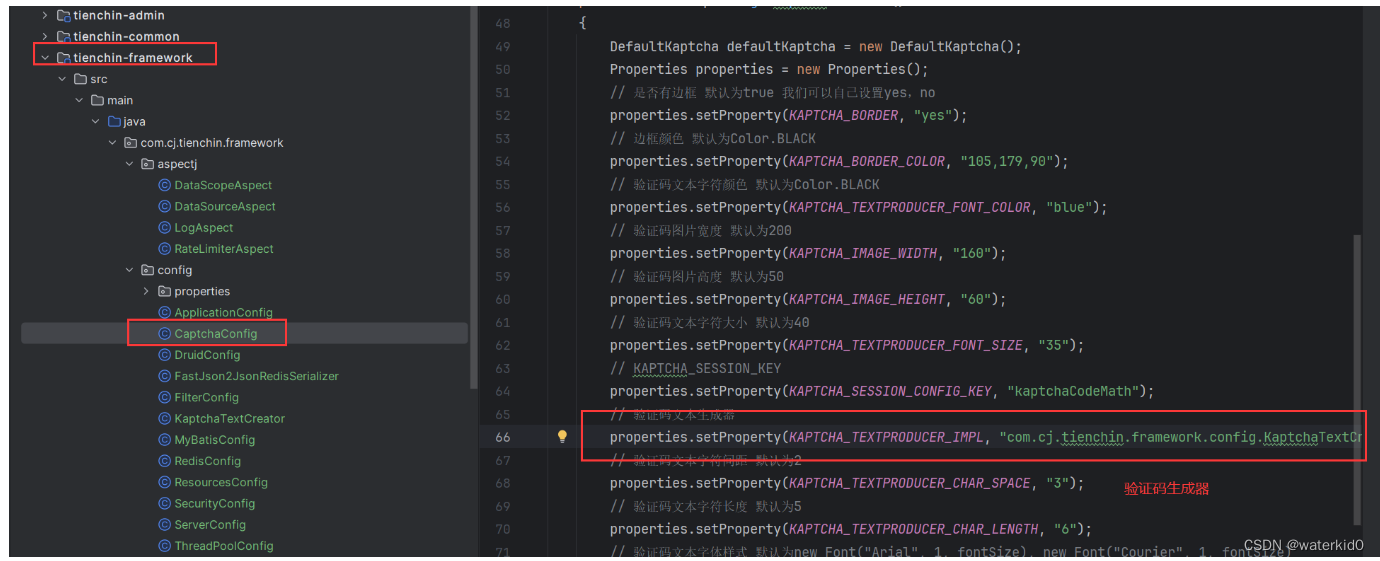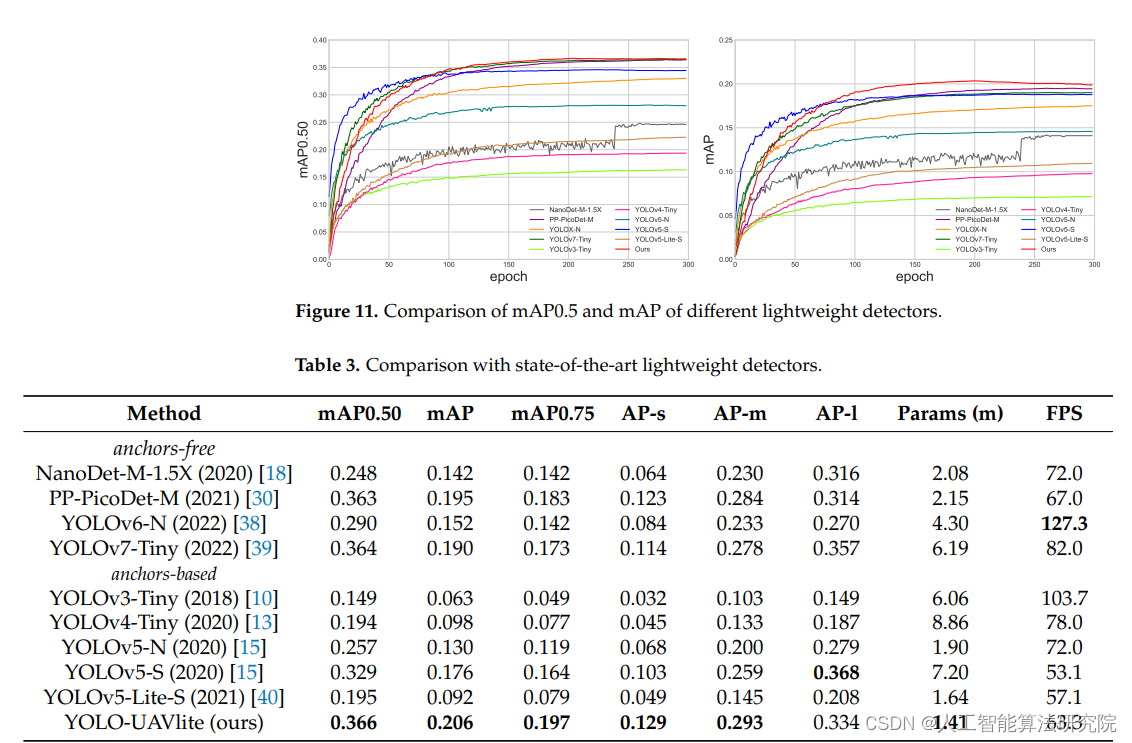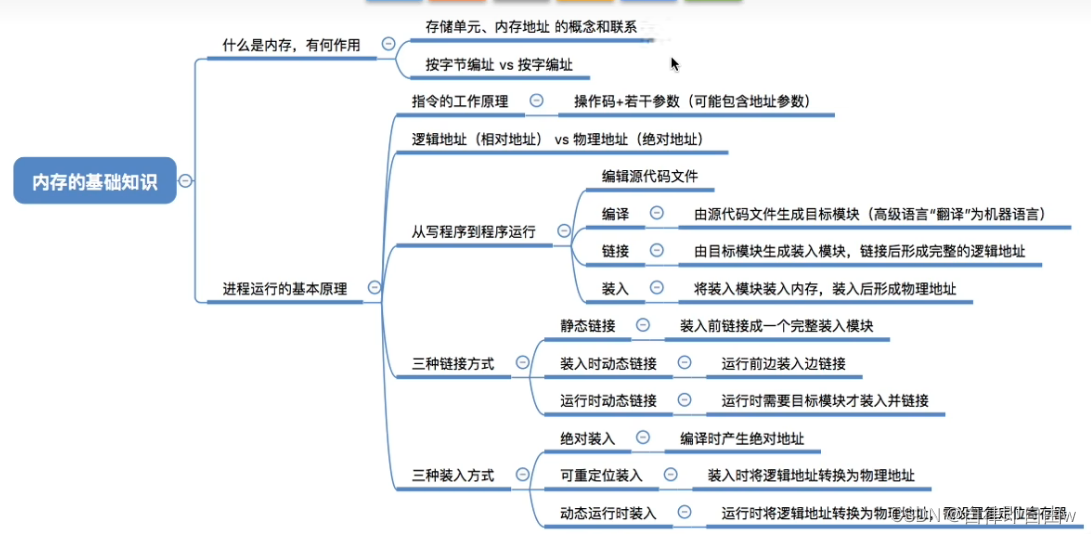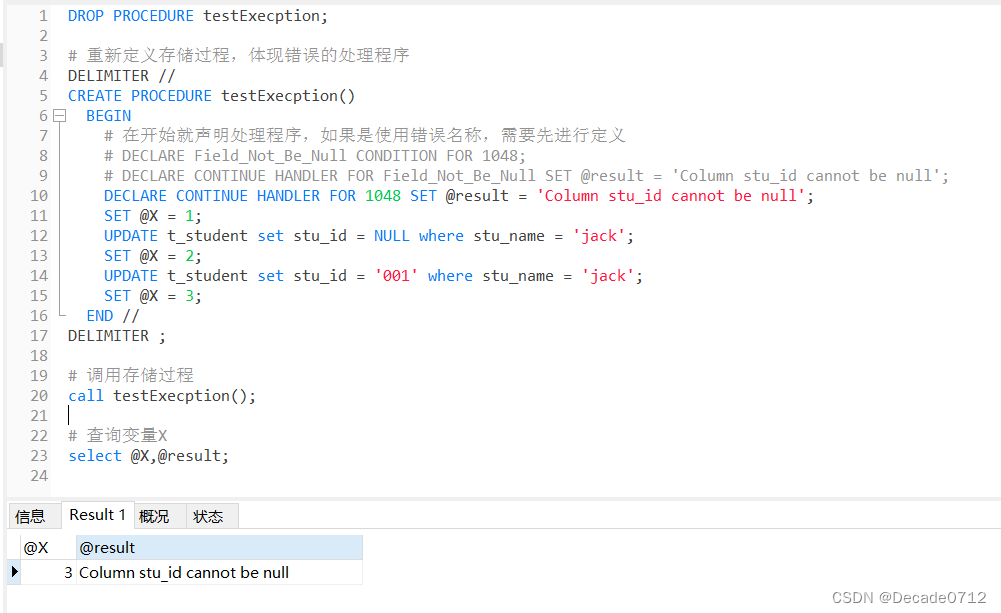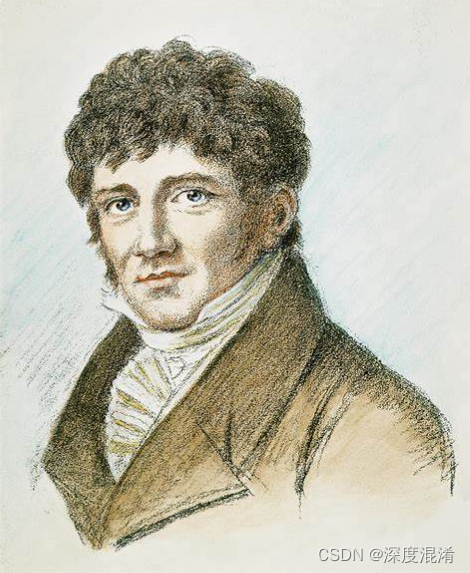
Friedrich Wilhelm Bessel
1 贝塞耳插值(Bessel's interpolation)
首先要区别于另外一个读音接近的插值算法:贝塞尔插值(Bézier)。
(1)读音接近,但不是一个人;
(2)一个是多项式(整体)插值,一个是分段插值;
(3)一个已经很少用,一个还是应用主力;
贝塞耳插值(Bessel's interpolation)是一种等距节点插值方法,适用于被插值节点z位于插值区间中部且位于两相邻插值点的中点附近的情况。
2 文本格式源代码
using System;
using System.Text;
using System.Collections;
using System.Collections.Generic;
namespace Legalsoft.Truffer.Algorithm
{
public partial class TPoint
{
public double X { get; set; } = 0.0;
public double Y { get; set; } = 0.0;
public double Z { get; set; } = 0.0;
public TPoint()
{
}
public TPoint(double x, double y)
{
X = x; Y = y;
}
public TPoint(double x, double y, double z)
{
X = x; Y = y; Z = z;
}
public double Distance(TPoint p1)
{
double ds = (p1.X - this.X) * (p1.X - this.X) + (p1.Y - this.Y) * (p1.Y - this.Y);
if (ds <= float.Epsilon) return 0.0;
return Math.Sqrt(ds);
}
public static double Distance(TPoint p1, TPoint p2)
{
double ds = (p1.X - p2.X) * (p1.X - p2.X) + (p1.Y - p2.Y) * (p1.Y - p2.Y);
if (ds <= float.Epsilon) return 0.0;
return Math.Sqrt(ds);
}
}
public static partial class Algorithm_Gallery
{
private static double U_Calculate(double u, int n)
{
if (n == 0)
{
return 1.0;
}
double temp = u;
for (int i = 1; i <= n / 2; i++)
{
temp = temp * (u - i);
}
for (int i = 1; i < n / 2; i++)
{
temp = temp * (u + i);
}
return temp;
}
private static int Fact(int n)
{
int f = 1;
for (int i = 2; i <= n; i++)
{
f *= i;
}
return f;
}
public static double Bessel_Interpolation(List<TPoint> points, double value)
{
int n = points.Count;
double[,] y = new double[n, n];
for (int i = 0; i < n; i++)
{
y[i, 0] = points[i].Y;
}
for (int i = 1; i < n; i++)
{
for (int j = 0; j < n - i; j++)
{
y[j, i] = y[j + 1, i - 1] - y[j, i - 1];
}
}
double sum = (y[2, 0] + y[3, 0]) / 2;
int k;
if ((n % 2) > 0)
{
k = n / 2;
}
else
{
k = (n / 2) - 1; // origin for even
}
double u = (value - points[k].X) / (points[1].X - points[0].X);
for (int i = 1; i < n; i++)
{
if ((i % 2) > 0)
{
sum = sum + ((u - 0.5) * U_Calculate(u, i - 1) * y[k, i]) / Fact(i);
}
else
{
sum = sum + (U_Calculate(u, i) * (y[k, i] + y[--k, i]) / (Fact(i) * 2));
}
}
return sum;
}
}
}
POWER BY TRUFFER.CN
BY 315SOFT.COM
3 代码格式
using System;
using System.Text;
using System.Collections;
using System.Collections.Generic;
namespace Legalsoft.Truffer.Algorithm
{
public partial class TPoint
{
public double X { get; set; } = 0.0;
public double Y { get; set; } = 0.0;
public double Z { get; set; } = 0.0;
public TPoint()
{
}
public TPoint(double x, double y)
{
X = x; Y = y;
}
public TPoint(double x, double y, double z)
{
X = x; Y = y; Z = z;
}
public double Distance(TPoint p1)
{
double ds = (p1.X - this.X) * (p1.X - this.X) + (p1.Y - this.Y) * (p1.Y - this.Y);
if (ds <= float.Epsilon) return 0.0;
return Math.Sqrt(ds);
}
public static double Distance(TPoint p1, TPoint p2)
{
double ds = (p1.X - p2.X) * (p1.X - p2.X) + (p1.Y - p2.Y) * (p1.Y - p2.Y);
if (ds <= float.Epsilon) return 0.0;
return Math.Sqrt(ds);
}
}
public static partial class Algorithm_Gallery
{
private static double U_Calculate(double u, int n)
{
if (n == 0)
{
return 1.0;
}
double temp = u;
for (int i = 1; i <= n / 2; i++)
{
temp = temp * (u - i);
}
for (int i = 1; i < n / 2; i++)
{
temp = temp * (u + i);
}
return temp;
}
private static int Fact(int n)
{
int f = 1;
for (int i = 2; i <= n; i++)
{
f *= i;
}
return f;
}
public static double Bessel_Interpolation(List<TPoint> points, double value)
{
int n = points.Count;
double[,] y = new double[n, n];
for (int i = 0; i < n; i++)
{
y[i, 0] = points[i].Y;
}
for (int i = 1; i < n; i++)
{
for (int j = 0; j < n - i; j++)
{
y[j, i] = y[j + 1, i - 1] - y[j, i - 1];
}
}
double sum = (y[2, 0] + y[3, 0]) / 2;
int k;
if ((n % 2) > 0)
{
k = n / 2;
}
else
{
k = (n / 2) - 1; // origin for even
}
double u = (value - points[k].X) / (points[1].X - points[0].X);
for (int i = 1; i < n; i++)
{
if ((i % 2) > 0)
{
sum = sum + ((u - 0.5) * U_Calculate(u, i - 1) * y[k, i]) / Fact(i);
}
else
{
sum = sum + (U_Calculate(u, i) * (y[k, i] + y[--k, i]) / (Fact(i) * 2));
}
}
return sum;
}
}
}

